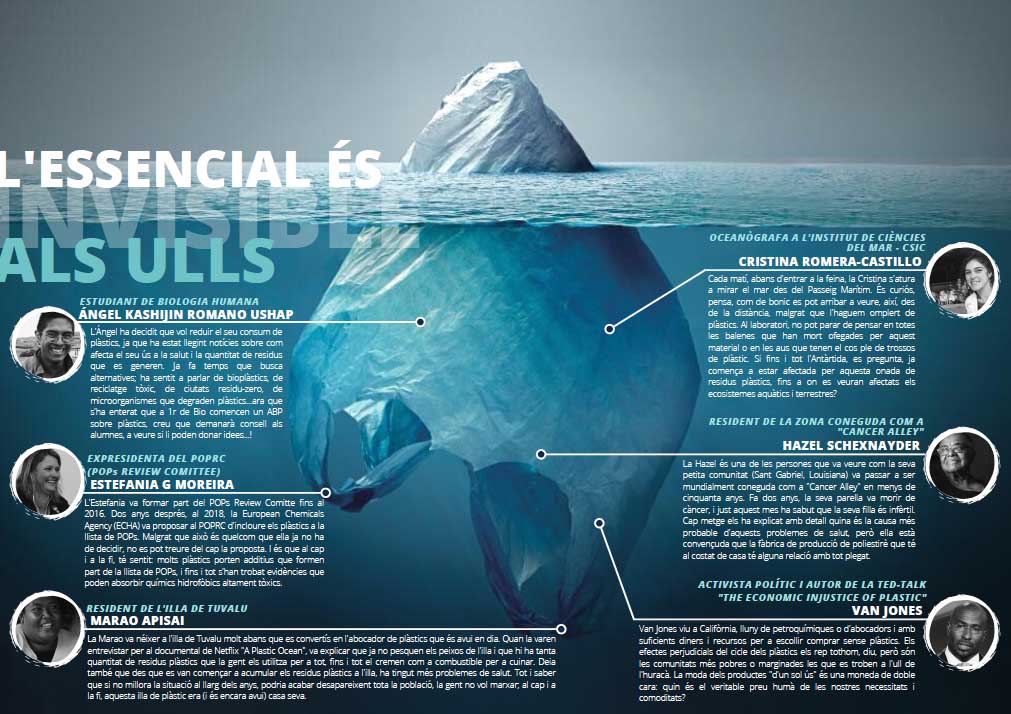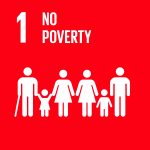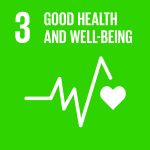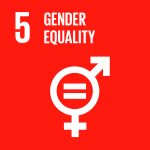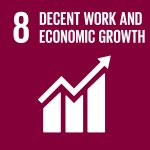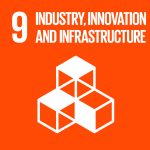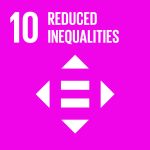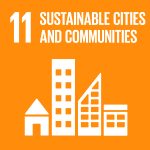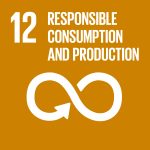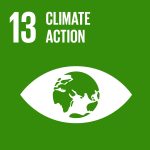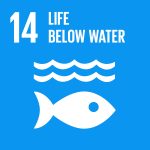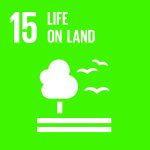Exploring PBL-SDG Innovative Strategies in Health Sciences Education to Contribute to the Sustainable Development
Description
Institution
Universitat Pompeu Fabra
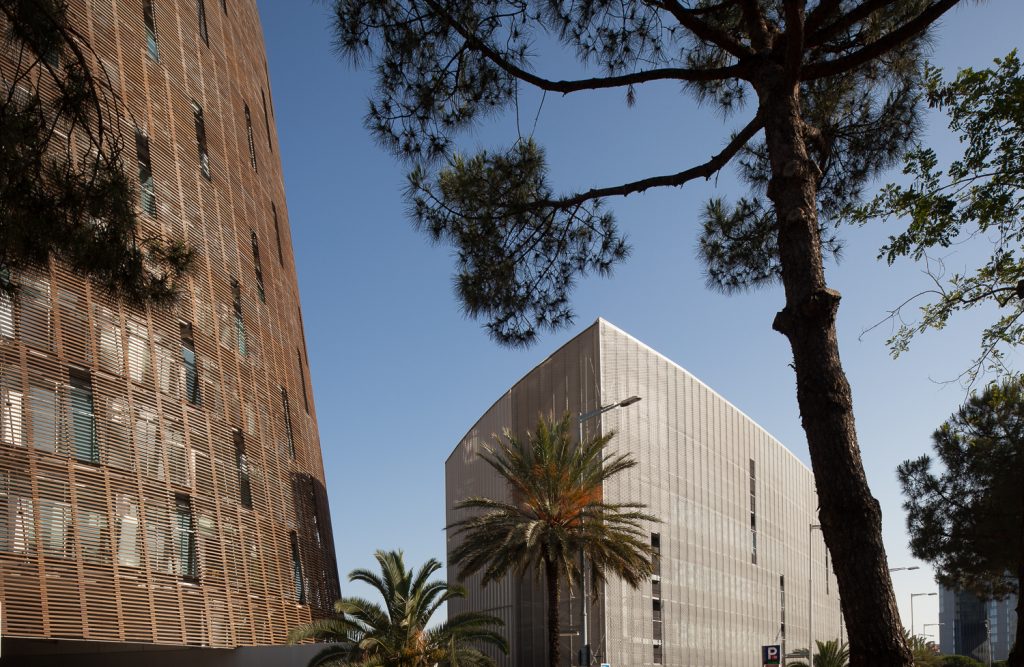
Organizations/areas of the university involved
Health and Life Sciences Academic Coordination Unit, Research Group in Health Sciences Education
Country
Spain
This project explores how the SDGs and the sustainable competences can be transversely implemented in health sciences’ studies through the co-design and the sharing of innovative PBL-based learning aids.
With a view to the Sustainable Development Goals (SDGs), universities need to start incorporating sustainability into the different fields of knowledge and investigate efficient learning methods to do so. This study aims to explore the usefulness of inquiry-based learning strategies for this purpose in health sciences undergraduate studies. Previous studies suggest that inquiry-based learning approaches such as problem-based learning (PBL) and project-based learning (PjBL) are suitable strategies for Education for Sustainable Development Goals (ESDG). Therefore, we hypothesise that PBL and PjBL could be useful for incorporating the SDGs into health science studies and that they can be specifically designed and implemented to tackle all sustainable competencies (SC).
To test our hypotheses, two PBL-SDG scenarios and one PjBL-SDG scenario were designed, implemented and evaluated in both the Human Biology and Medicine bachelor’s degrees. For the evaluation, students’ perceptions of learning processes and outcomes were assessed with pre and post-intervention surveys and focus groups. Students’ productions and group dynamics were also analyzed.
The results showed that PBL-SDG scenarios are effective to work on the SDG and the SC in a transversal, collaborative and innovative manner. The study provides insight into how student-centered and active learning practices, such as PBL and PjBL, can be optimally designed and implemented to help higher education institutions educate their learners as key change agents, capable of facing future challenges with an ethical, critical and engaged spirit.
The findings of this study, not only pose evidence on that, but also give guidelines and strategies to successfully implement such methodologies. And we ultimately hope that it will constitute a precedent and engage the teaching community in this rewarding, urgent and necessary task of educating for sustainable development.
In order to give continuity to the project, a digital platform for the co-creation of learning materials based on SDG-PBL has been created for teachers. The materials developed in this study have been uploaded, so that they can be easily reused and readapted by other teachers. This initiative aims to create a community of teachers who develop materials to work on the SDGs through this pedagogical approach at different educational levels.
Results and impact measured or expected
The scenarios were implemented in the 1st, 2nd and 3rd courses of the Human Biology bachelor’s degree, as well as in the 3rd course of the Medicine bachelor’s degree, from the Pompeu Fabra University (Barcelona). A total of 218 students have participated in the study. Data was gathered through pre and post-intervention surveys, focus groups, and analysis of group dynamics and of students ‘productions. The outcomes from the focus group and the analysis of students’ productions suggested that students mostly worked on SDG3, 5 , 11, 12, 14 and 15. The results of the surveys showed a statistically significant development of all (for PBL) and most of (for PjBL) the SC among students. Qualitative data from focus groups was consistent with the previous results and also told us that students had also developed their creativity and were eager to develop more action-oriented projects that could have a real impact in society.
Connection with the SDG framework
In line with ESDG principles, this project was built upon the existing evidence that thoroughly planned PBL and PjBL methodologies can be key to work on both the SDG and the SC. All together, the designed and implemented scenarios covered eleven of the seventeen SDG ( SDG1, 3, 5, 8, 9, 10, 11, 12, 13, 14, 15) through topics like socioeconomic determinants of health, environmental degradation and poverty related to plastic pollution, menstrual concealment or sexual education and awareness, among many others . All the presented scenarios were designed and implemented to have a transversal character, that not only helped students gain a deeper understanding of the tackled SDG, but also gave them an understanding of some key sustainable development issues,helped them understand how important are the SDG for their profession as biomedical researchers and health practitioners, and most importantly, enabled them to consciously work on the majority of the SC.
Barriers and follow up
The main barrier encountered during the development of the project was the fact that not all teachers involved in PBL tutoring were familiarized with the SDG and the SC. For that, though, we developed an extensive and helpful guide for each PBL scenario, so that one could have a trustful guide on how to properly implement the scenarios taking into account the biomedical, the social and the environmental perspectives of the proposed problems. This was actually a good way for the teachers to get familiar with the systemic thinking and methodologies that demands the ESDG. From the data gathered, we also realized that students demanded more action-based problems and projects. For that, we are considering making some future proposals of problems and projects in which students can propose solutions with a more direct impact on their immediate context, such as the faculty. And in a more distant future, in the neighborhood and the city.
Transferability of the initiative
All the PBL-materials designed were uploaded to the digital platform, where they can easily be consulted, reused and readapted by other teachers. Moreover, one of the main aims of the project was to inspire and guide the design of new PBL and PjBL scenarios based on the SDG. For that, we made some recommendations for both the design and implementation of such scenarios. The most relevant guidelines were the following:
- to think of original and familiar scenarios;
- to use emotionally bonding, transversal and up-to-date topics;
- to work on complex and interdisciplinary problems that promote systemic analysis;
- to foster students’ voice and freedom;
- to motivate peer-work and feedback between groups;
- to encourage learning from reflecting on experiences;
- to develop and apply projects that can have a real impact in society;
- to prioritize face-to-face interactions; and
- to have engaged, supportive, guiding and motivating tutors.
Education 4 SDG funciona gracias a WordPress
